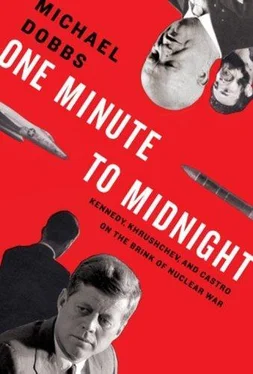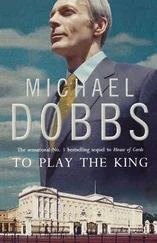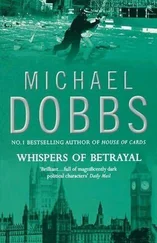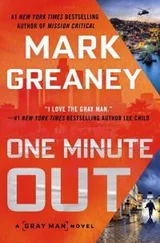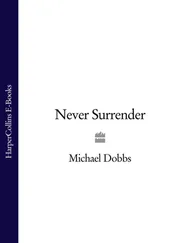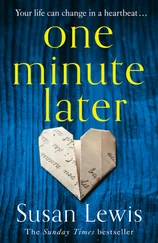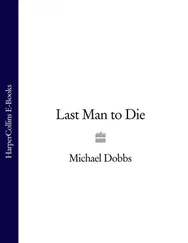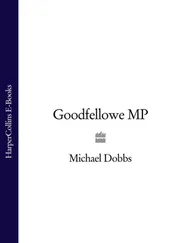• • •
The first information to reach Fidel Castro on the gathering crisis had come from Cuban spies inside the Guantanamo Bay Naval Base. Hundreds of Cuban service workers streamed through the Marine Guard checkpoints every day. It was a simple matter for Cuban intelligence to infiltrate its own agents onto the forty-five-square-mile base. Reports of Marine reinforcements were soon followed by news that women and children were being evacuated.
When Castro heard that the U.S. president was planning a televised address, probably connected with the situation in Cuba, he decided he could wait no longer. The regular Cuban army was 105,000 strong. By mobilizing the reserves, Castro could triple the size of his armed forces in seventy-two hours. His poorly equipped army might still be no match for the 1st Infantry Division but, with Soviet support, it could certainly make life very unpleasant for a yanqui invading force.
Even before Castro issued the alarma de combate at 5:40 p.m. Havana time, twenty minutes before Kennedy was due to go on TV, his commanders had already been implementing Operational Directive No. 1. The eight-hundred-mile-long island was divided into three defense zones, as during the Bay of Pigs. Fidel sent his younger brother, Raul, to the eastern end of the island. Ernesto “Che” Guevara, the Argentine-born doctor turned guerrilla leader, took charge of western Pinar del Rio Province. Juan Almeida, the black army chief of staff, commanded the central sector, with his headquarters at Santa Clara. Fidel remained in the capital.
Soon, militiamen were reporting to their posts all over the island. Artillery batteries took up positions along the Malecon, Havana’s north-facing stone seawall. A pair of gunboats moved into the bay. At the university, high on a hill overlooking the Vedado district, known to all as la colina, professors handed out rifles to students who were chanting, “ Cuba si, yanqui no. ” Twenty-year-old Fernando Davalos had just enough time to rush home to collect his uniform, his backpack, a towel, and a couple of cans of condensed milk, before reporting to the University Battalion. His father wanted to know where he was going. He had no idea.
“The Americans,” he said breathlessly. “Turn on the radio. We’ve been mobilized.”
Thirteen hundred miles away, Captain Gydesen applied the brakes as hard as he could to his runaway plane. As the F-106 screeched down the tarmac, he radioed the control tower that his drag chute had failed and he was “taking the barrier.” A controller pushed a button, and webbing flipped up at the end of the runway. A few months earlier, an emergency stopping system had been installed in F-106s. In the event of a landing overshoot, a hook in the bottom of the fuselage latched onto the barrier.
The landing gear of the F-106 engaged the cable, braking the plane sharply as it overshot the runway and skidded onto a rough blacktop extension. There was a loud popping sound from a bursting tire. The F-106 was still moving forward when it reached the end of the 750-foot overrun.
As the plane left the overrun, its nosewheel sunk down into the grass, snapping off when it collided with a slab of concrete. The $3.3 million jet slid along on its damaged nosewheel strut for another hundred feet before finally coming to a halt.
Shaken but happy to have survived, Gydesen climbed out of the cockpit. The F-106, widely considered the most beautiful interceptor ever designed, with its sleek fuselage and swept-back wings, teetered precariously on its nose. The tires were shot, the landing gear was badly dented, and the pitot tube—a pressure-measuring device that sticks out from the front of fighter jets—had broken off. Otherwise, the plane was only lightly damaged.
The next morning, rescue workers arrived with cranes and heavy tractors to extricate the plane from the soft Indiana clay. The nuclear warhead, miraculously unscathed, was still in the missile bay.
7:00 P.M. MONDAY, OCTOBER 22
“Good evening, my fellow citizens.”
Kennedy looked into the camera, his jaw jutting grimly. His face was taut, lacking its frequent puffiness. “This Government”—slight pause—“as promised”—another slight pause—“has maintained the closest surveillance of the Soviet military buildup on the island of Cuba. Within the past week”—he pronounced the word “past” in a Boston twang, lingering on the vowel—“unmistakable evidence has established the fact that a series of offensive missile sites is now in preparation on that imprisoned island.”
The Oval Office had become a television studio. Black fabric had been placed over the desk made from the oak timbers of HMS Resolute. Cables crisscrossed the canvas-covered floor. Furniture had been removed to make way for camera equipment, recorders, and a battery of lights. Sound technicians, neatly dressed in suits, knelt in front of the president. A dark board was placed behind him as a backdrop, together with the presidential flag.
Alerted by hours of excited news flashes, more than 100 million Americans tuned in to the speech, the largest audience for a presidential address up until that time. Although he spoke more slowly and deliberately than usual, Kennedy betrayed none of the doubts and anguish that had been welling up inside him for the past week. His goal was to rally the American people and convey political will to his rival in the Kremlin. The crisis would only end if the Soviet missiles were withdrawn.
The president expanded the Cold War doctrine of nuclear deterrence to embrace another two dozen countries, in addition to the United States and its traditional NATO allies: “It shall be the policy of this nation to regard any nuclear missile launched from Cuba against any nation in the Western Hemisphere as an attack by the Soviet Union on the United States, requiring a full retaliatory response upon the Soviet Union.”
Kennedy was America’s first television president. Many thought he owed his razor-thin victory in the 1960 election to the televised debates with his Republican opponent, Richard M. Nixon. He came across as rested and handsome—in contrast to Nixon who sweated profusely and had big bags under his eyes. Soon after taking office, Kennedy allowed television cameras into his weekly press conferences. Some predicted disaster. “The goofiest idea since the hula hoop,” said James Reston of The New York Times. But JFK liked being able to communicate directly with the American people over the heads of columnists like Reston. Thanks to a revolutionary communications satellite called Telstar, presidential news conferences could even be aired live in Europe.
On this occasion, a network of ten private Florida radio stations had been patched together at the last moment to carry the presidential address live to Cuba, along with a simultaneous Spanish translation. Toward the end of the seventeen-minute speech, Kennedy addressed himself directly to “the captive people of Cuba”: “Now your leaders are no longer Cuban leaders inspired by Cuban ideals. They are puppets and agents of an international conspiracy which has turned Cuba…into the first Latin American country to become a target for nuclear war….”
Kennedy’s sallow appearance during his big speech had little to do with Cuba. His weight varied sharply according to the medicines he was taking for his numerous ailments, which ranged from Addison’s disease to colitis to a venereal infection he had picked up as a teenager that flared up intermittently. Over the weekend, his slender six-foot-one frame had dropped nearly five pounds, to 167½ pounds. He was constantly suffering from various aches and pains.
“Patient too tired to exercise,” read the medical notes on the president for October 22. “He had some pain in the left thigh and some tightness in the lower third of hamstrings.” This was in addition to chronic pain in his lower back, caused in large part by excessive steroid therapy as a young man. His doctors were constantly arguing with each other over the best course of treatment. Some wanted to shoot him up with even more drugs; others prescribed a regimen of exercise and physical therapy.
Читать дальше
